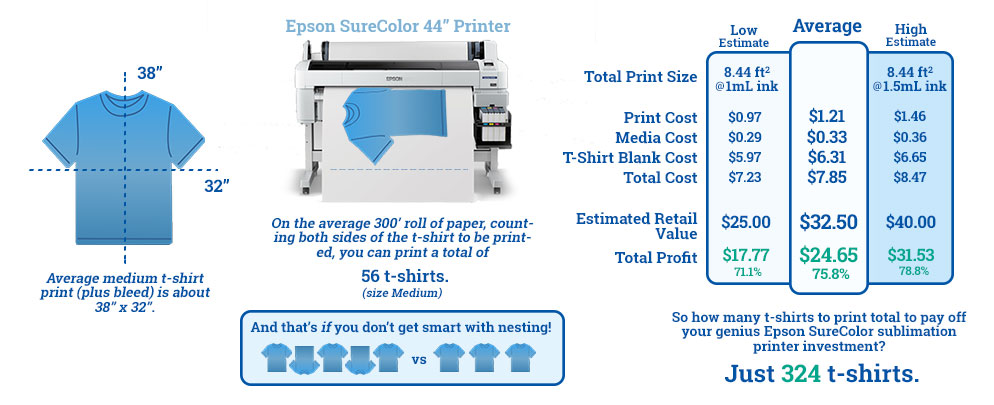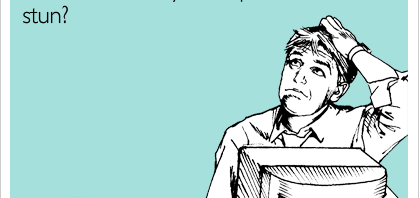We’re nearly reaching the end of 2015, and already since visiting the topic in early 2014, the market of dye-sublimation and dye-sublimation ready equipment has rapidly changed. For existing dye-sublimation businesses and those looking to invest into the print process for the first time, it’s time to get an updated look at the landscape of available options, investment levels, and the realistic profit returns you can anticipate with this rapidly evolving print process.
Even while ignoring the third-party fly-by-night ink companies that sell dirt-cheap sublimation supplies on the likes of Amazon and Ebay marketplaces, finding the right dye-sublimation printing solution can be a tricky one. The desktop solutions provided by Sawgrass Ink, the Virtuoso printers, as well as the options available for the extremely popular Epson Artisan 1430 printer, have opened the door for many new professionals to begin printing with the incredible dye-sublimation technology. But is that always the right choice for every serious professional?
Often times, a small investment cost upfront costs a high production user hugely in the end. Just take a look at ink costs across the available options on a per-milliliter basis:
Comparing Ink Costs across Platforms
Ink Name/Type |
Ink Cost |
Cost per mL |
| Epson UltraChrome DS | $115 per 1 Liter | $0.115 per 1mL |
| J-Next Sublimation | $149 per 1 Liter | $0.149 per 1mL |
| J-Eco Subly Nano | $125 per 1 Liter | $0.125 per 1mL |
| Virtuoso 24” – dual CMYK | $110 per 220mL cart | $0.50 per 1mL |
| Virtuoso SG400 | $73.50 for 29mL $105.00 for 42mL |
$2.52 per 1mL (average) |
| Virtuoso SG800 | $126.00 per 68mL/75mL |
$1.81 per 1mL (average) |
| Epson 1430 – with SubliJet IQ cartridges | $88.00 per 13mL | $6.77 per 1mL |
| Epson 1430 – with SubliJet Bulk CIS | $147.00 per 90mL | $1.63 per 1mL |
Or even the general differing costs in media across the platforms? Sheeted paper costs nearly double the amount of roll paper when you’re comparing feet to feet!
Comparing Dye-Sublimation Transfer Media Costs
| Epson UltraChrome DS Paper | $0.14 per square foot |
| TexPrint HR Paper | $0.10 per square foot |
| TexPrint Tacky Paper | $0.11 per square foot |
| Image Right R (Ricoh Printers) | $0.23 per square foot |
| Image Right (Epson Printers) | $0.20 per square foot |
Still, the average users considering the jump to sublimation, or even current printers weighing their options to the next print size up, tend to be very leery of the nearly $8,000 price tag on the new 44″ Epson SureColor dye-sublimation printers.
So, what kind of money can you realistically expect to gain back with printing t-shirts with an Epson SureColor printer? Just a quick look at the numbers reveal some serious money-making potential!
Okay, well sure, of course printing t-shirts is something that a really big printer is great for! But what about the smaller items – even phone cases? Well, turns out there are even BIGGER profit margins to be made there!
Of course, this doesn’t take into account the never-ending list of small factors and variables that can eat away at your revenue – electricity, labor, design time if you’re creating your own prints, customer service, and much more – but with margins like these, there’s a LOT of room to gain in that respect as well.




